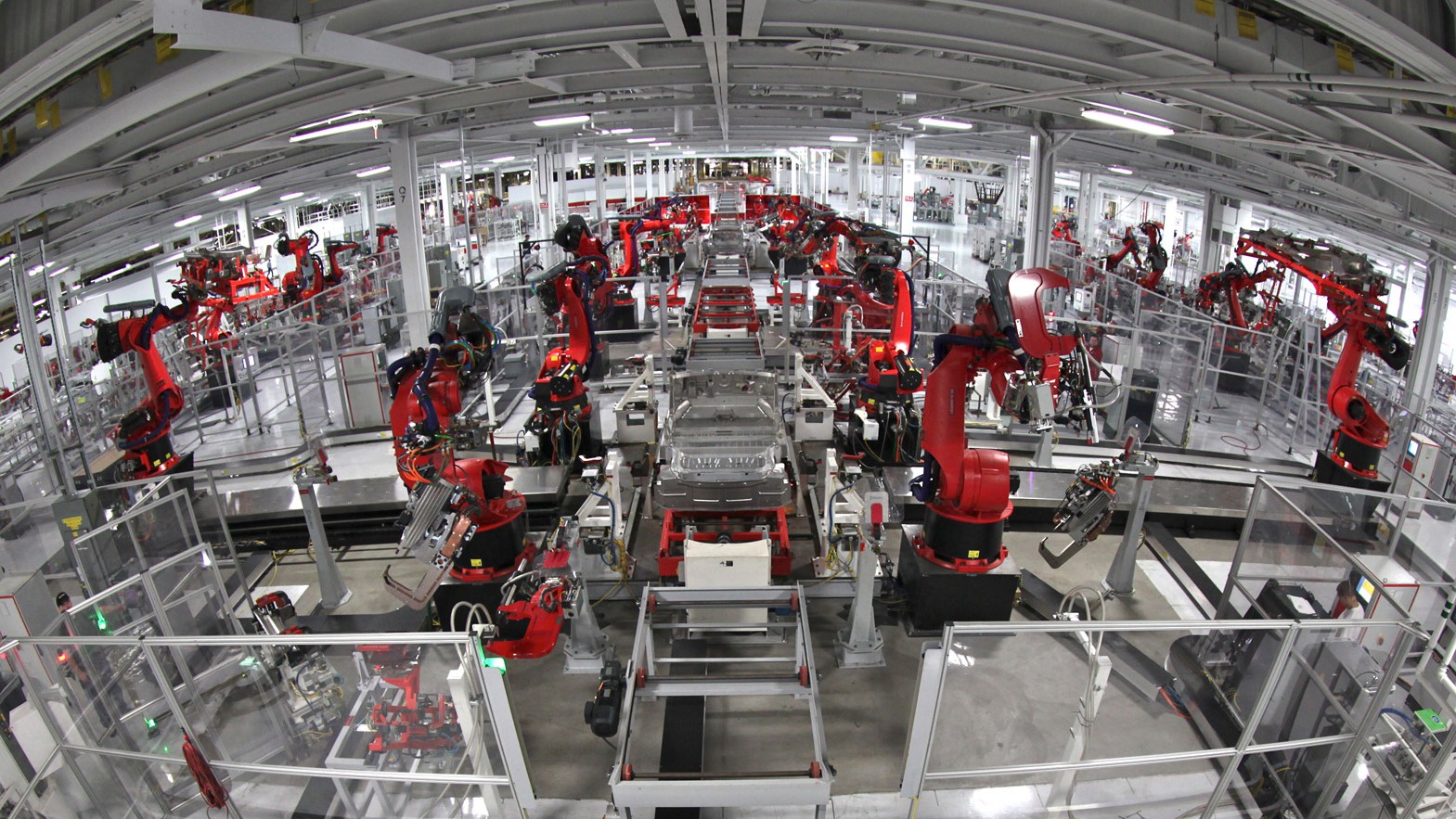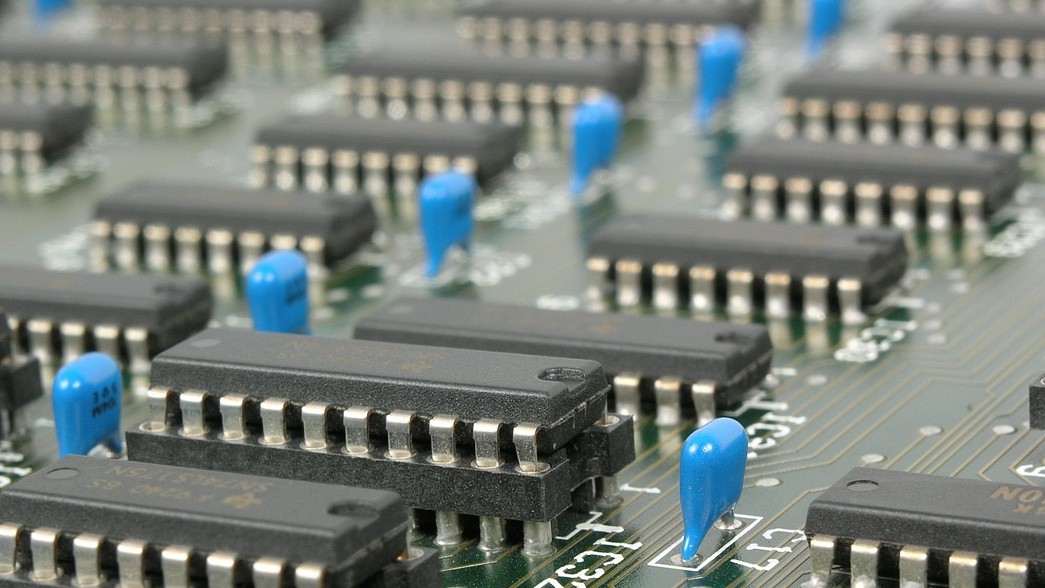The idea of “build the machine, build the empire” has been a concept since the dawn of the industrial revolution in the 18th century. Machines are largely the force behind manufacturing today for mass produced goods. Once the machine is built, the time saved in altering a manual process to automated is staggering. With the advent of automation, suddenly work time is reduced significantly and leisure time increases. Because of the industrial revolution and the process of manufacturing, a new standard of living arose for people in the manufacturing business.
We’re pretty far beyond the initial growth of the industrial revolution, but some of the concepts founded during that time period still stand. Now, the high-concept of a fully-automated manufacturing plant is attainable because of advanced AI and use of the industrial mini PC. Once the machine—the mega monolithic manufacturing plant—is built, maintaining a high productivity rate is key.
The Problems of Manual Processes and Addressing them with Industrial Mini PCs
Article Guide
To err is human. That’s just nature. It’s reported online that the financial cost of a manually-driven forklift accident totals about 38 thousand dollars—and that’s just for the forklift itself, not including any lost productivity while the forklift is being repaired or a worker is recovering from injury. While not every company can afford self driving forklifts, inefficiency can be tracked in even the most mundane of manual processes. These problems prompt the need to control warehouse operations by an industrial computer. The more manual processes a manufacturing plant has, the more room there is for fatigue to set in and human error to cause issues with productivity and quality. We aren’t at a place technologically where someone can just flip a switch at the beginning of the day and expect machines to run themselves until its time to go home for the evening. One thing we can do is to use human machine interface, or HMI computers, that provide a bridge between manual processes and automation. The HMI computer allows a person to monitor and make adjustments to a machine’s output while the software operates the machine itself.
Safety in the Workplace and Workers’ Compensation
Industrial mini PCs are able to take over processes that are not only time intensive but ultimately dangerous for humans to be involved with. Injury on the job spells disaster for the individual and the business. The factory floor can be a dangerous place, which is why not just anyone is qualified to work in a manufacturing setting. Automating processes that minimize direct interaction with heavy machinery with an HMI computer or industrial PC saves money and mitigates against injury, loss of productivity and costly worker’s compensation claims. Not only that, but proper industrial computers have terminal blocks that can be remote-controlled to avoid problems of accessing the computer if it’s located near hazardous materials—dust, excessive paint spray, welding machines, high temperatures, the whole gamut. By streamlining common warehouse and manufacturing plant efforts, there’s typically a reduction in injuries—thus fewer workers’ comp claims and higher productivity with lower staff absence.
Applications Beyond Computing
Automated factories can also employ industrial computers to keep an eye on factory operations. One computer can be used to control a series of checks and balances or a monitoring system to see when and where production might hit bottlenecks. Computers can schedule the most efficient production plans, decreasing lead times and improving customer satisfaction. An industrial PC can even monitor maintenance needs, meaning you can identify potential machinery breakdowns before they happen, limiting costly repairs and maintaining consistent production levels. In the event of an unexpected breakdown on the factory line, the plant can be stopped immediately minimizing damage and allowing for repairs to take place faster. Fewer labor costs, quicker problem identification, and a smoother automated warehouse. Problems solved.
Remaining Results of an Automated Warehouse
Companies have been reducing costs via employing robots to automate their manufacturing efforts. The numbers don’t lie! Another result of the automated plant is that customers are more satisfied with the manufactured products. As before, build the machine, build the empire—you’ll just need a method to control it. Would you rather have a machine equipped with laser devices being controlled by an industrial computer painting a product, or someone hand-painting the product? Automating your warehouse means a higher standard of quality to each individual product. The benefits are clear; less time, less money spent, and higher satisfaction on the customers’ end with unmatched results. To see how industrial mini PCs can help eliminate manual processes for your company you can contact us here.
The Role of Industrial Computers in Industrial Automation
July 2, 2020
Industrial automation, as the name suggests, refers to using industrial computers in order to automate industrial processes. It may be understood as an umbrella term for computer automation of design, manufacturing and…
0 Comments9 Minutes
Types of Industrial PCs Used in Industrial Automation
February 10, 2017
The industrial sector is increasingly experiencing the impact of the Industry 4.0 concept. Whether you are looking to optimize the workflow, increase production or savings in maintenance, or explore new automation…
0 Comments8 Minutes
You Can't
Learn from a Pop-up
But we can deliver knowledge to your inbox!
We dive deep in the industry looking for new trends, technology, news, and updates. We're happy to share them with you.
Knowledge, News, and Industry Updates Right in Your Inbox




